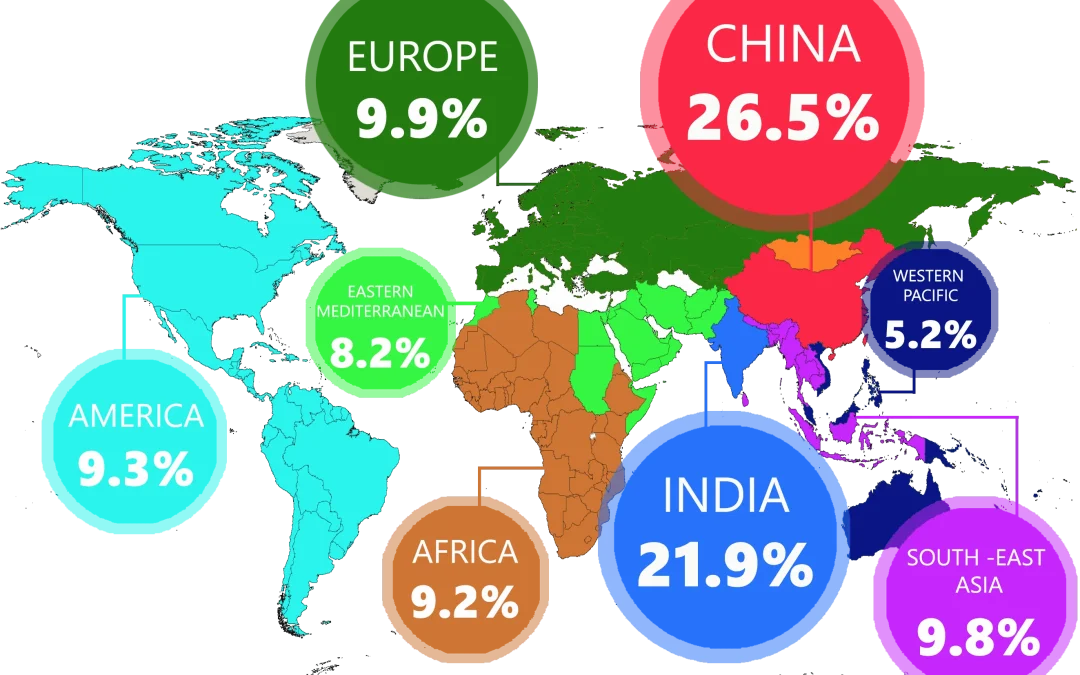People’s ability to perform everyday tasks and interact with the surrounding environment can be limited and affected by visual impairment. The most severe form of visual impairment is blindness, which can affect people’s quality of life, as they need to move about aided. The facts as follows highlight figures for global visual impairment and blindness.
- In 2014, WHO estimated that there are 285 million people worldwide who suffering from visual impairment where most of them are living in low income settings.
- Approximately 82% of all people with blindness are over the age of 50. As world’s population ages, this number is expected to increase.
- Approximately 28% of people living with moderate and severe visual impairment are in their working years. Visual limitations affect their productivity in life. Consequently, it is hard to find employment, support themselves and provide for their families.
- Approximately 1.4 million children are blind. Cataract, retinopathy of prematurity (ROP) and vitamin A deficiency (VAD) or hypovitaminosis A are some major causes of blindness in children.
- In upper-middle- and high-income countries, the main cause of visual impairment is retinal diseases. Thus, regular eye examinations and target the exposure to risk factors (smoke, genetic pre-disposition, systemic diseases) are needed to minimise visual impairment.
These are just 5 facts from World Health Organisation. For the full list, please click here.
What about visual impairment in Malaysia?
Ophthalmology Service, Ministry of Health Malaysia conducted a National Eye Survey in 2014. The survey estimated there are 413,000 individuals in Malaysia with some sort of visual impairment (presenting vision <16/18 in the better eye) and out of which 113,000 individuals were blind (presenting vision <6/60 in the better eye).
The main cause of blindness and low vision in Malaysia is cataract with Sabah having the highest prevalence of both blindness and low vision. High percentage of patients do not feel the need to undergo surgery in the fellow eye after surgery in one eye. Shockingly, almost 50% of all the respondents in Northern part of Malaysia (Perlis, Kedah, Penang, Perak) believed that surgical treatment is not necessary. Then again, late treatment will lead to increasing percentage of complication and poor post-operative visual outcome.
Time to do your part and be aware of preventable blindness and take the appropriate actions.
Till then stay tuned.
Updated 5 October 2018 (Source from Astro Awani)
Head of Department of Sultanah Aminah Hospital Johor Bahru Ophthalmology Department Dr Francesca Martina Vendargon said at least one person in the state of Johor is at risk of suffering from blindness every week due to eye diseases such as diabetic retinopathy, glaucoma and cataracts.
“Every month we receive more than 4,500 patients, which is about 300 patients daily who is at risk of being blind either from major eye diseases such as diabetes retinopathy, glaucoma and cataract,” she told Astro Awani in conjunction with World Sight Day Celebration.
Related Post:
Read on how to guide a visually impaired person here.
